Sri Lanka unfolds slowly, revealing beachside calm, misty hills, or jungle adventures as the calendar shifts. Choosing which month is best to visit Sri Lanka depends on the rhythms you want to follow and the landscapes you plan to explore. This guide unfolds those rhythms in a human, natural tone so your journey matches the country’s pulse. It gives a clear idea of what each month brings, helping you plan around the weather and festivals. Whether you like sunshine or cool air, Sri Lanka has something special to offer every traveller.
How The Seasons Shape Your Journey
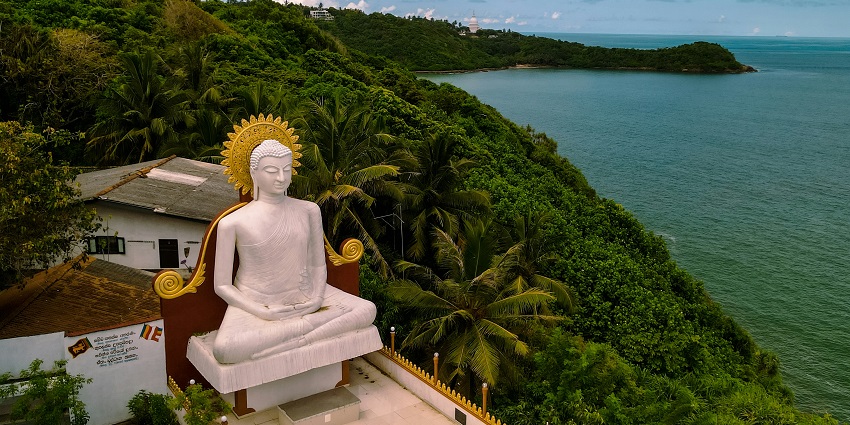
Photo: Siarhei Palishchuk / Unsplash
Sri Lanka’s weather follows two main monsoons. The southwest monsoon hits the south and west from May to September, while the northeast brings rain to the north and east from October to January. In between, there are sunny days with light showers. This means the whole island rarely faces rain at once. By understanding this pattern, travellers can plan smartly. Choose areas that are dry during your visit. Weather may still vary by height or closeness to water, but knowing the seasons can help you avoid heavy rain and enjoy your trip.
December To April: Southern Seashores And Hill Country
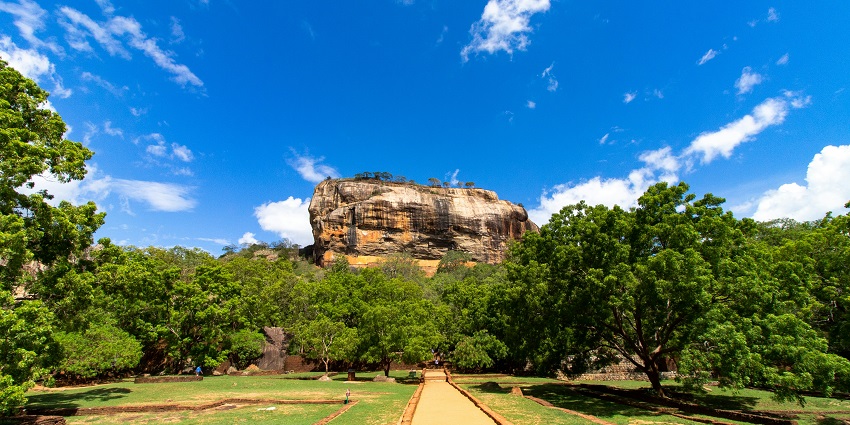
Photo: Shashank Hudkar / Unsplash
From December to April, Sri Lanka’s south coast and central highlands enjoy pleasant weather. The skies stay mostly clear, and the warm air feels gentle throughout the day. On beaches like Mirissa and Tangalle, mornings start calmly with soft waves and peaceful walks. Evenings are quiet, often spent by lantern-lit bars near the shore. In places like Ella and Nuwara Eliya, crisp mornings reveal tea-covered hills and rising mist. These months are great for train rides, hikes, and staying with local families. Festivals are common during this time, and since it’s a busy season, booking your stay early is wise.
May To September: Eastern Calm And Wild Discoveries
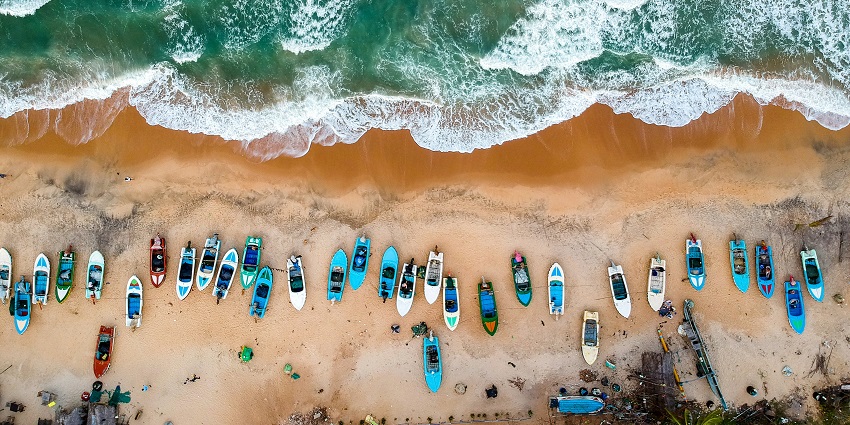
As the rains arrive from the southwest, the eastern coast of Sri Lanka enters a lovely, quieter season. Places like Arugam Bay, Pasikudah, and Trincomalee offer calm seas, warm waters, and fewer tourists. It’s a great time for surfing, swimming, or kayaking. In the national parks, the dry season draws elephants to shrinking waterholes and makes birdwatching easier. The air feels fresh, the greenery is rich, and the pace is slow. Tourism is still growing here, so prices are reasonable and the beaches are peaceful. With soft sunsets and quiet cafés, it’s perfect for relaxed and thoughtful travel.
When Wildlife Takes Center Stage
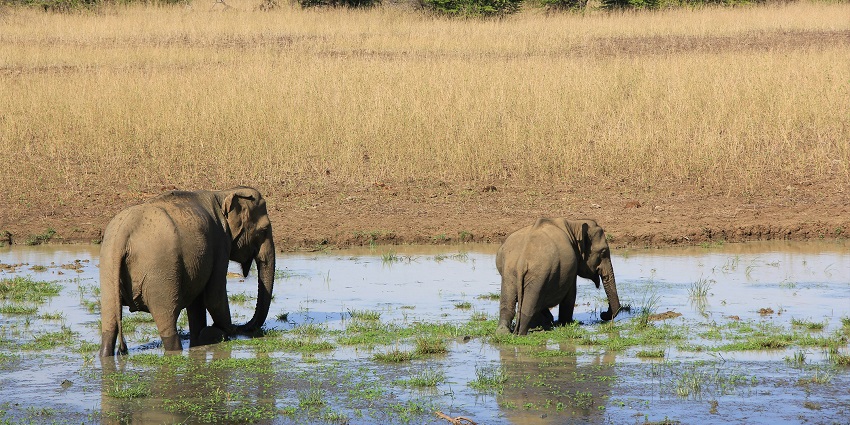
Sri Lanka’s wildlife reserves offer their richest seasons for animal sightings between June and September. Dry forest trails improve visibility, inviting elephants, leopards, and peacocks to move freely in search of water. Wildlife lovers may time their visit around the Minneriya National Park elephant gathering in late summer. Early autumn safari periods pack sharper chances for sightings, as packs of animals cluster around the last green patches and water sources. This is also when bird migrations become noticeable. You may see flocks from as far as Siberia, pausing to rest or feed in wetlands and lakes.
Smart Travel Tips By Season
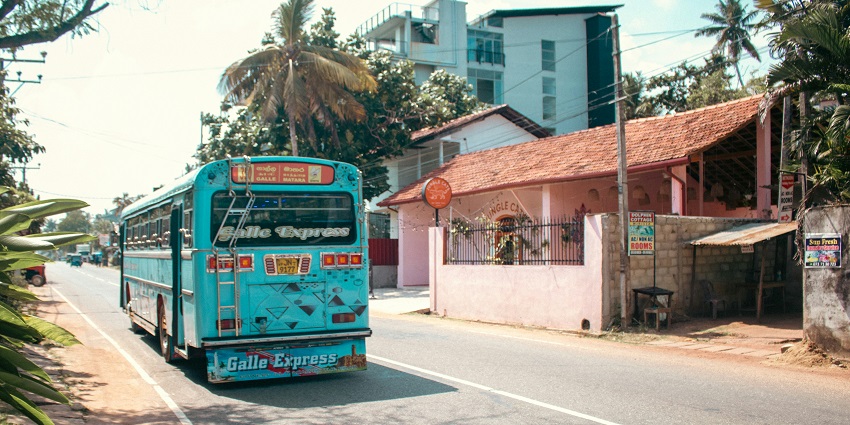
Photo: Zoshua Colah / Unsplash
Pack clothes you can layer, as the coast can be warm while hill towns stay cooler. A light rain jacket is handy, especially during changing seasons. If you’re travelling in the dry season, book your stay early as places fill up quickly. Try to leave a little free time in your plan – unexpected rain or local festivals can change your day. Keep your travel schedule flexible too, since road conditions may vary. If you’re heading to religious sites, check the local holiday calendar. Ceremonies can add to the experience, but they might also lead to big crowds if you’re not prepared.
Sri Lanka offers something special every month – sunny beaches, green forests, misty hills, and rich wildlife. Travel when the part you wish to see is at its best. Each season brings its own charm, making your journey smooth and memorable. Follow the island’s rhythm and let it surprise you. Ready to explore? Start your story with TripXL today.
Cover Photo: Hendrik Cornelissen / Unsplash


 WhatsApp
WhatsApp
 Twitter
Twitter









